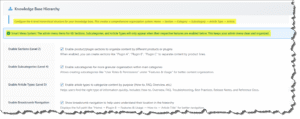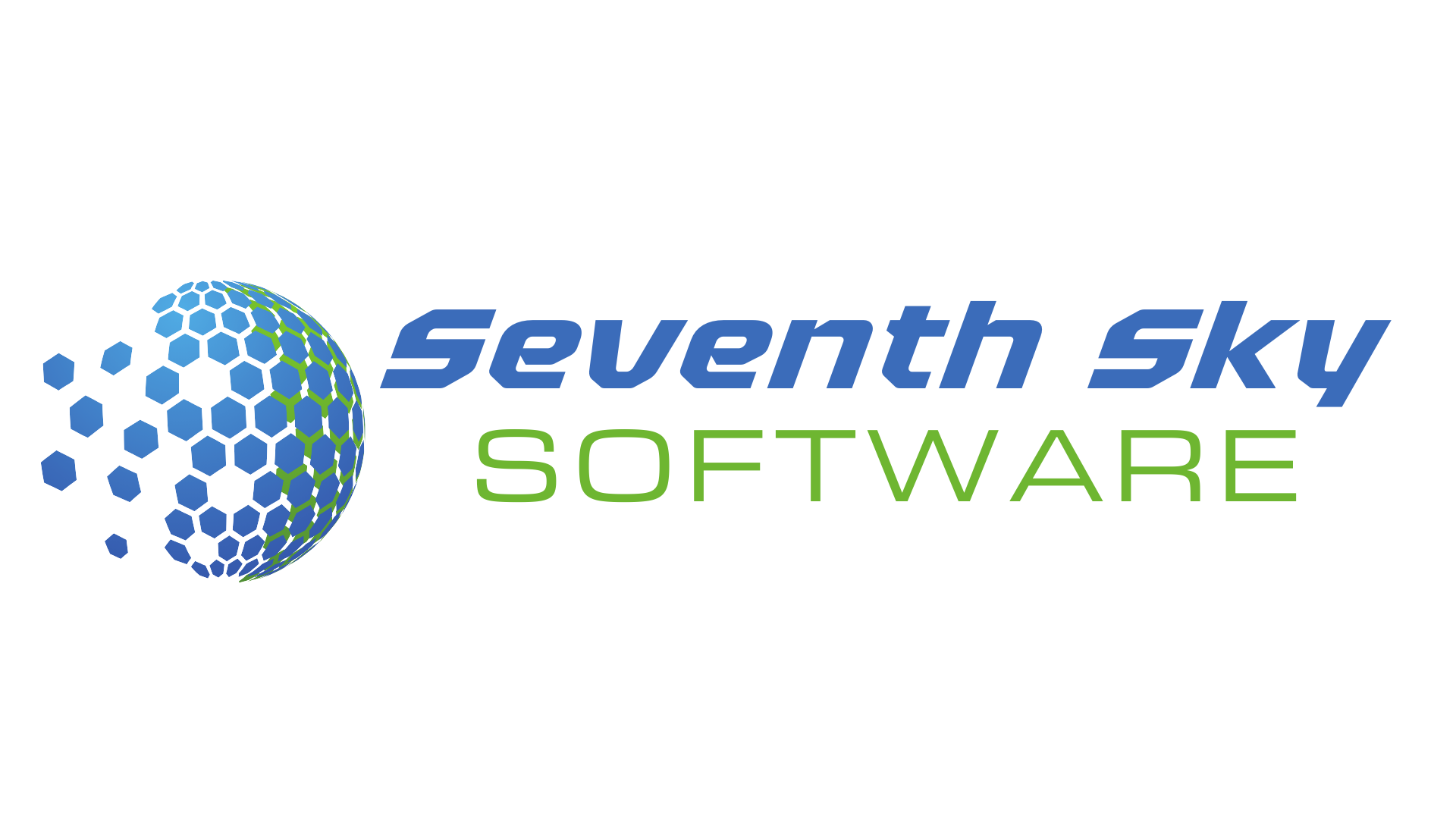This article explains the complete hierarchy structure used within the Instant Knowledge Base system. Understanding this layered structure helps users navigate content efficiently, locate relevant information quickly, and maintain a logical content strategy when contributing articles.
Hierarchy Levels Explained
Instant Knowledge Base is organized into six structured levels:
Level 1: Knowledge Base Home
This is the top-level landing page for the entire Knowledge Base. From here, users can explore all available product sections and categories.
Level 2: Sections (Products/Plugins)
Each section represents a product, plugin, or service. These group related content under one umbrella for better accessibility.
Example:
- Plugin A
- Plugin B
- CRM Module
Status: ✅ Enabled
Level 3: Main Categories (Functional Areas)
Under each section, content is grouped into broad functional areas that reflect major features or capabilities.
Example:
- Features & Usage
- Installation Guide
- Account Management
Status: ✅ Always Available

Level 4: Subcategories (Sub-functional Groups)
Further breakdown of main categories into more specific topics or tasks.
Example:
- Notification Settings
- Customization
- Troubleshooting
Status: ✅ Enabled
Level 5: Article Types (How-to, FAQ, etc.)
This level defines the purpose or style of the article, helping users filter content based on their needs.
Types Include:
- How-to Guides
- FAQs
- Troubleshooting Steps
- Best Practices
Status: ✅ Enabled
Level 6: Individual Articles
The final level in the hierarchy contains the actual content users are looking for.
Example Article Titles:
- How to Set Up Email Alerts
- Troubleshooting Plugin Installation Errors
Status: ✅ Always Available
🔗 Example Breadcrumb Navigation
To help users track where they are within the hierarchy, breadcrumb trails appear on each article page. For example:
Home ➜ Plugin B ➜ Features & Usage ➜ Notification Settings ➜ How-to ➜ Set Up Email Alerts
Breadcrumbs improve navigation and allow quick returns to higher-level categories.
✅ Why This Structure Matters
- Clarity: Helps users locate information without confusion.
- Scalability: Easy to expand as new products or features are added.
- Consistency: Maintains a uniform content format across all articles.
- SEO-Friendly: Structured content improves search engine indexing and internal search results.
📌 Recommendations for Contributors
- Always assign new articles to the correct section and category.
- Use descriptive and consistent titles at each level.
- Avoid skipping levels in the hierarchy.
- Utilize article types (e.g., how-to, FAQ) for clarity and sorting.
If you have questions about structuring content or need help placing an article in the hierarchy, let us know. We are always here to help you.
